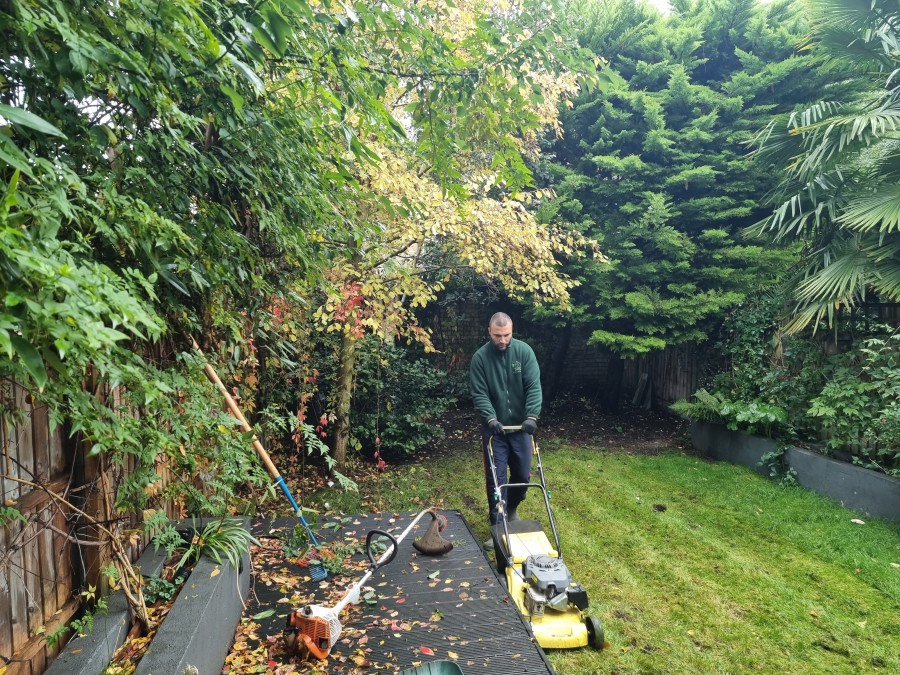Weeds are one of the most persistent challenges gardeners face. Left unchecked, they can overrun flower beds, vegetable patches, and even lawns, robbing your plants of nutrients, water, and sunlight. This guide provides a detailed breakdown of the most effective methods to remove weeds and prevent their return.
What Are Weeds and Why Are They Problematic?
Weeds are undesirable plants that grow where they are not wanted. They compete with your garden plants for resources and can act as hosts for pests and diseases. Common examples include dandelions, crabgrass, and clover. Removing them effectively ensures your garden remains healthy and productive.
Effective Methods to Remove Weeds
1. Manual Weed Removal: The Traditional Approach
Manual removal is one of the most effective ways to deal with weeds, especially for small gardens.
- Tools Needed: Use a hoe, a hand trowel, or a weeding fork.
- Technique: Pull weeds when the soil is moist, as this makes it easier to extract the entire root. Grip the base of the weed firmly and pull it out gently to avoid leaving any root fragments.
- Tips: Wear gloves to protect your hands and avoid spreading weed seeds.

2. Mulching to Smother Weeds
Mulching is an eco-friendly method to prevent weed growth by blocking sunlight.
- Materials: Use organic mulches like wood chips, straw, or shredded leaves. Inorganic options like landscape fabric or gravel are also effective.
- Application: Spread a 2-3 inch layer of mulch around your plants, ensuring no gaps.
- Benefits: Mulching not only suppresses weeds but also retains soil moisture and improves soil health.
3. Using Herbicides for Stubborn Weeds
Chemical herbicides can be a powerful ally against persistent weeds.
- Types of Herbicides:
- Selective: Targets specific types of weeds without harming other plants.
- Non-selective: Eliminates all vegetation in the treated area.
- Application Tips:
- Always follow the manufacturer’s instructions.
- Apply on a calm day to avoid drift onto desirable plants.
- Use pre-emergent herbicides to prevent seeds from germinating and post-emergent ones for weeds that have already sprouted.
Preventative Strategies to Control Weeds
1. Regular Maintenance
Routine care is key to keeping weeds under control.
- Inspect Weekly: Spend a few minutes each week checking for new weed growth.
- Remove Young Weeds: It is easier to remove weeds before they mature and produce seeds.
2. Improve Soil Quality
Healthy soil discourages weed growth.
- Soil Testing: Determine nutrient deficiencies and correct them with fertilizers or amendments.
- Aeration: Regularly aerate your soil to promote healthy root development in your plants and reduce weed proliferation.
3. Plant Densely
Densely planted garden beds leave little room for weeds to take root. Choose ground-cover plants or dense vegetation to create a natural barrier.
Common Mistakes to Avoid When Removing Weeds
- Ignoring Weed Seeds: Always remove weeds before they flower and set seeds. One weed can produce thousands of seeds that will sprout the next season.
- Overwatering: Overwatered soil provides an ideal environment for weed seeds to germinate. Use drip irrigation systems to target plant roots and deprive weeds of moisture.
- Improper Disposal: Do not compost weeds with seeds or roots. Instead, bag them and dispose of them properly to prevent re-growth.
Natural Alternatives to Chemical Herbicides
1. Boiling Water
Pouring boiling water directly onto weeds is an effective, chemical-free method. This works best for weeds in cracks and pathways.
2. Vinegar Solution
A mixture of white vinegar and water can be sprayed on weeds. For added strength, use undiluted vinegar, but be careful to avoid nearby plants.
3. Salt and Dish Soap Mixture
Combine salt, dish soap, and water to create a natural herbicide. Use sparingly, as excessive salt can harm soil fertility.
Dealing with Persistent Weed Problems
For gardens with chronic weed issues, consider these approaches:
- Solarization: Cover the soil with a clear plastic sheet for 4-6 weeks during hot weather. The heat will kill weeds and their seeds.
- Re-landscaping: If certain areas are perpetually overrun, replace them with hardscaping or raised beds with fresh, weed-free soil.
Conclusion
Keeping your garden free of weeds requires a mix of proactive measures and consistent maintenance. By adopting the strategies outlined above, you can enjoy a thriving, weed-free garden year-round. Remember, the key to success lies in early intervention, regular monitoring, and a combination of manual, chemical, and preventative methods.


0 comments